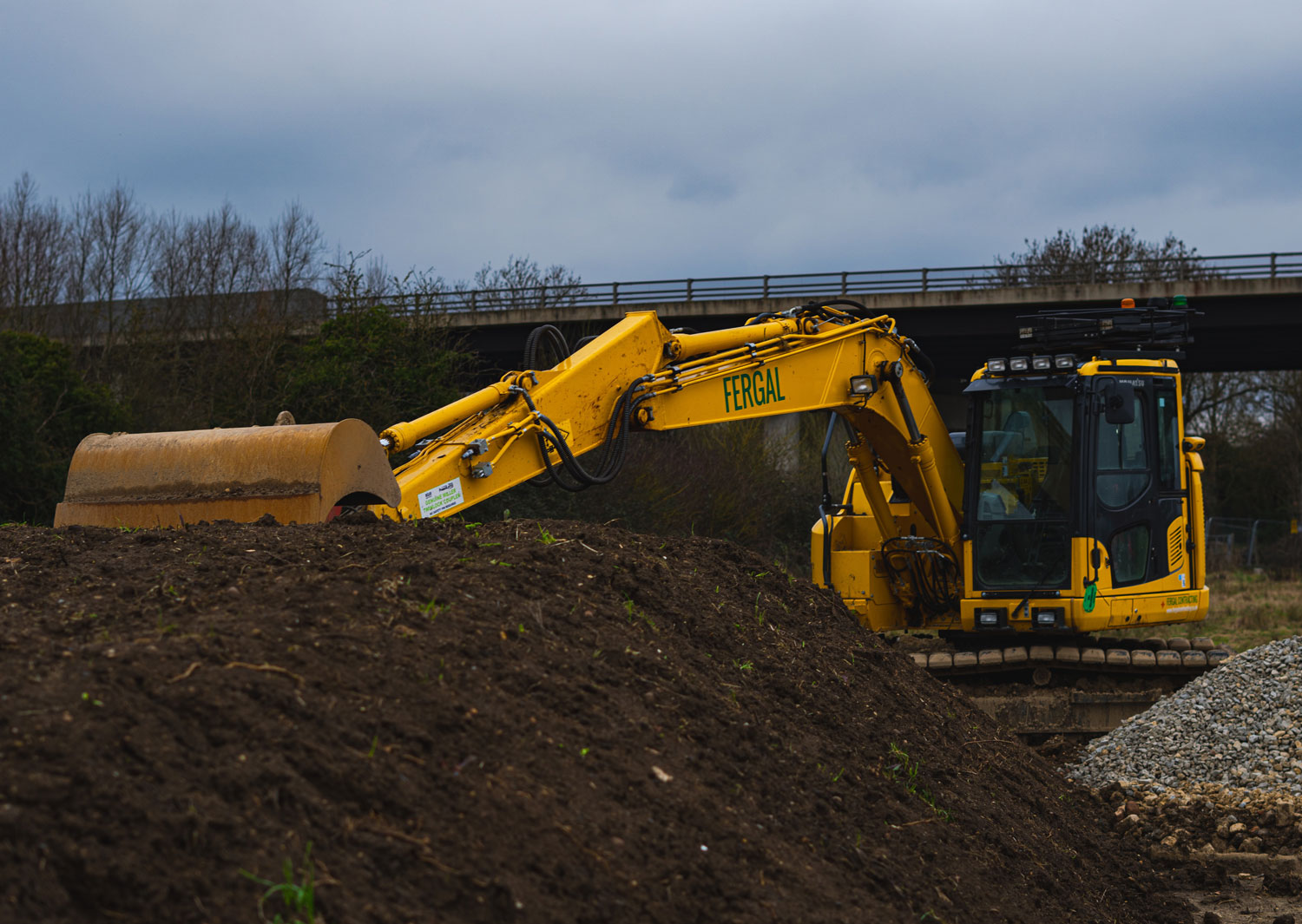Determining whether a restrictive covenant is enforceable is rarely straightforward, says Matthew Smith, senior associate in Thrings’ Property Litigation team.
If you have managed to locate a copy of the original deed or transfer setting out the terms of the restrictive covenant, you’re doing well. The next step is to interpret it and determine who has the benefit of the covenant and can therefore enforce it!
Where the person looking to enforce the covenant is not the original party to the transfer or deed, they will need to rely on annexation. This is an equitable principle whereby the benefit of enforcing that covenant can run with the benefitting land and may therefore be enforced by the current landowner.
Section 78 of the Law of Property Act 1925 will usually automatically apply to annex the covenant to the benefitting land. However, that will only be the case where the benefitting land is identifiable from the deed or transfer document imposing the covenant. In the case of Crest Nicholson Residential (South) Ltd v McAllister1 there was no plan, no description or other reference in the deed which would enable the identification of the benefitting land. The court decided there was no annexation and the developer was allowed to proceed with its development.
Thrings has recently advised on a similar matter where, due to poor drafting of the transfer deed which contained no details of the benefitting land, the restrictive covenants could not be enforced by the successor in title of the covenant. Our client's development was therefore able to proceed.
However, each case turns on its individual facts - as highlighted in Bath Rugby Limited v Greenwood and Others2. The case concerned Bath Rugby’s efforts to redevelop its home ground. Part of the grounds are subject to restrictive covenant imposed in a conveyance. The High Court came to the conclusion that while the benefitting land was not identifiable by way of a plan or clear express reference, there was sufficient intention and clarity within the conveyance itself to enable the court to identify the benefitting land. The conveyance referred to “other buildings and land of the vendor and his tenant adjoining or near to the hereditaments hereinbefore described" and other covenants prohibited the purchaser from causing a nuisance, annoyance or disturbance, or otherwise prejudicially affecting “the adjoining premises or neighbourhood". Relying on these references, the judge concluded that the land intended to be benefitted was sufficiently described.
Interpreting restrictive covenants is often very technical and a good legal advisor can make the difference between being able to proceed with the development, or not. Choosing specialists advisors who keep pace with the latest legal cases and developments is therefore essential.
To discuss this matter further, or if you any query relating to restrictive covenants, please contact Matthew Smith or another member of Thrings’ specialist Property Litigation team.
